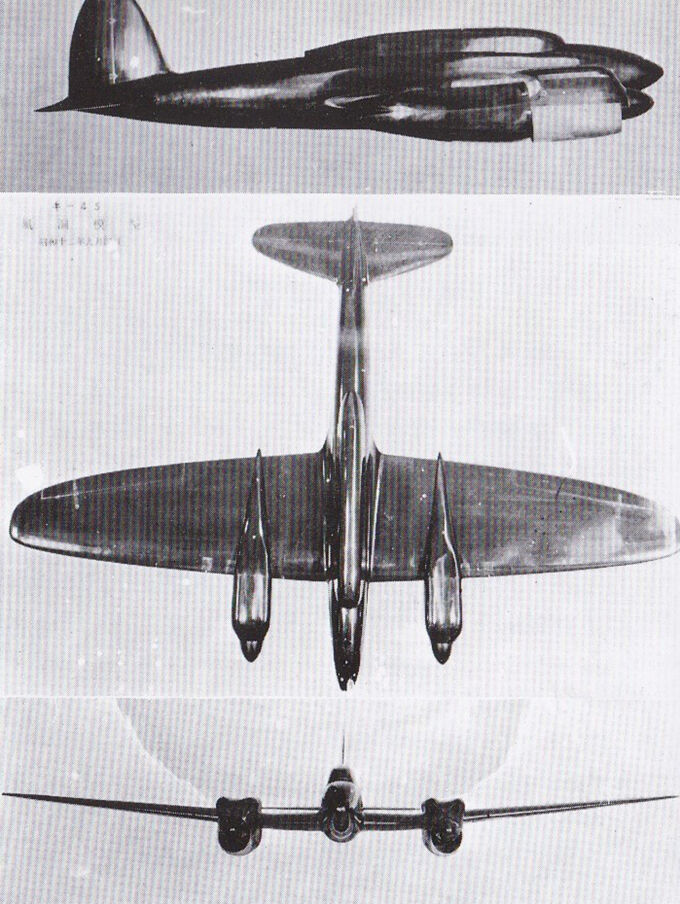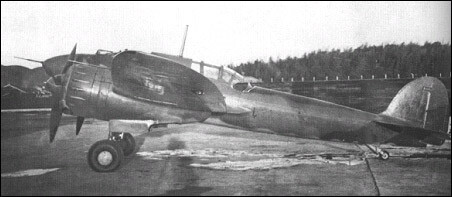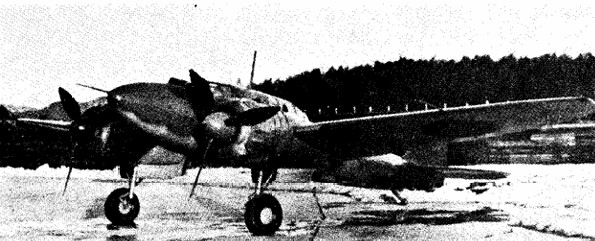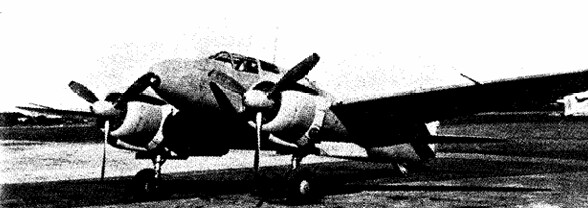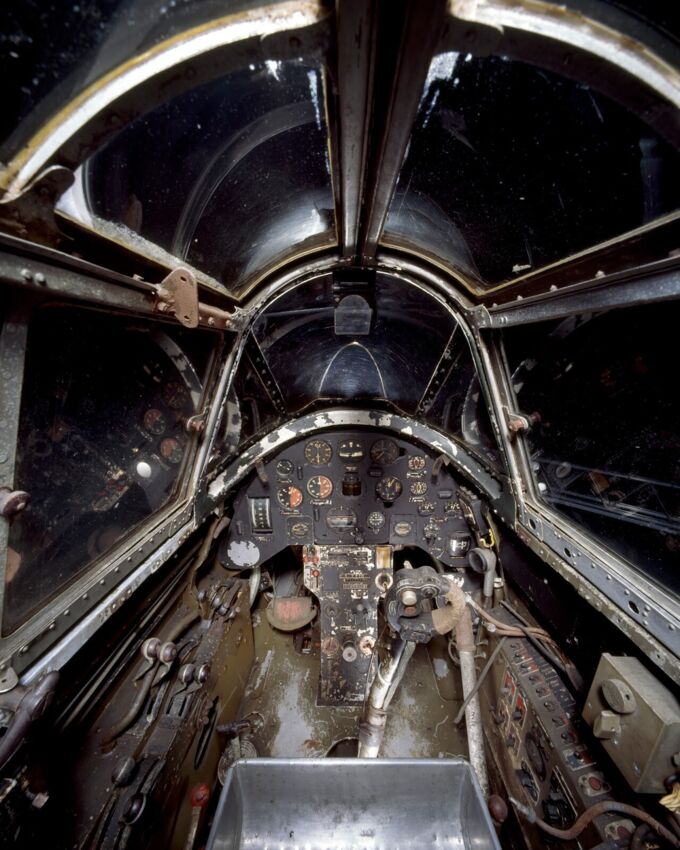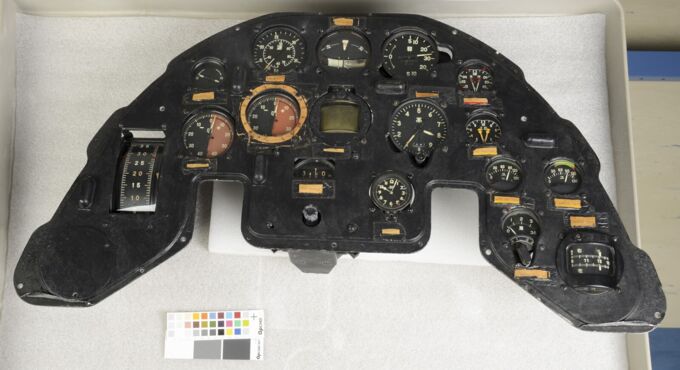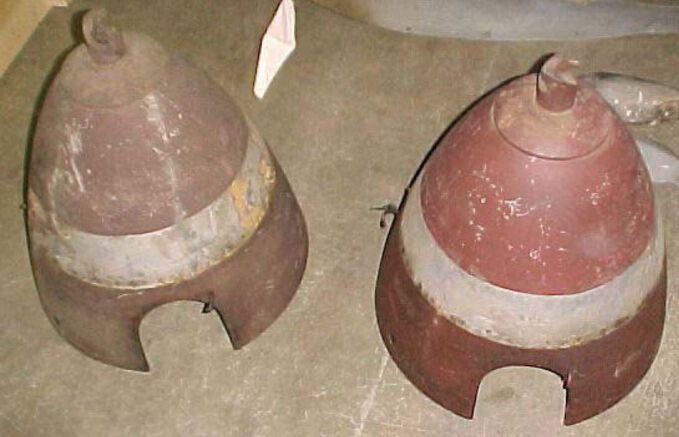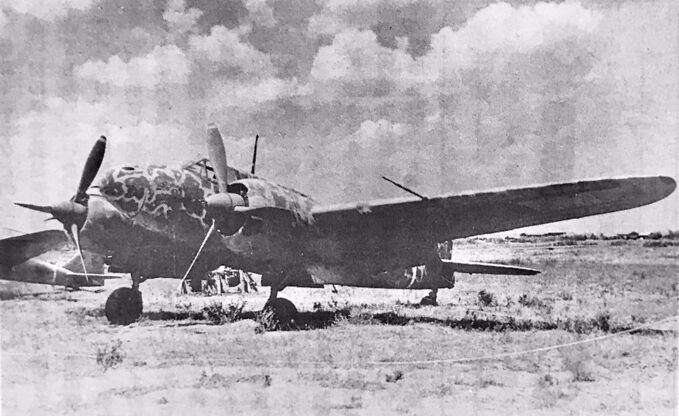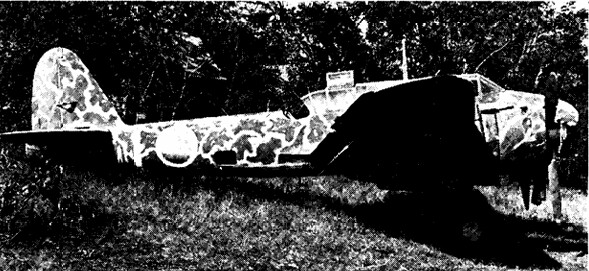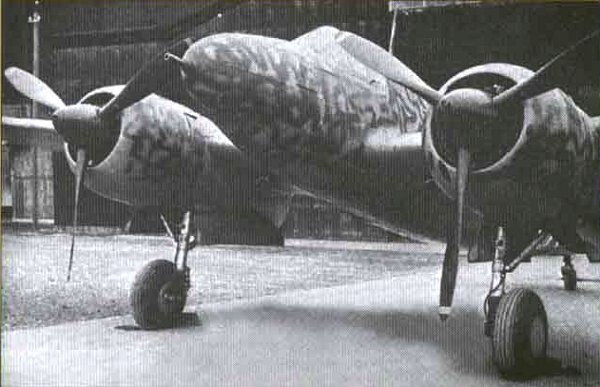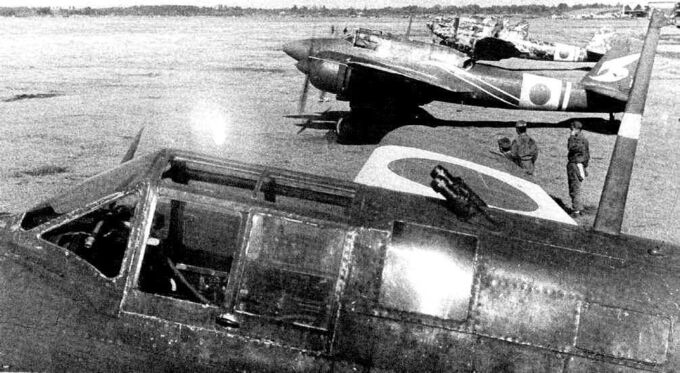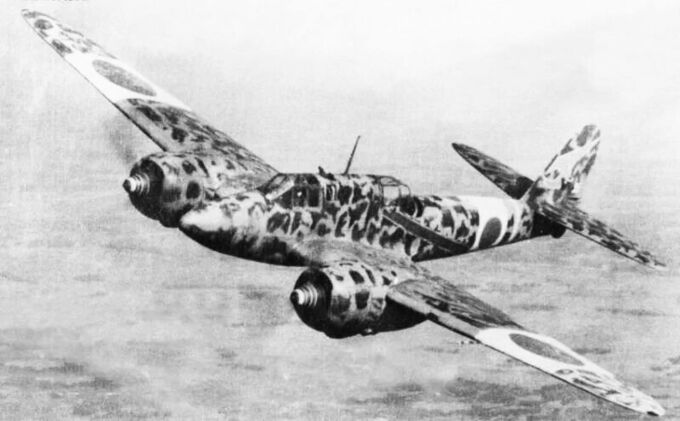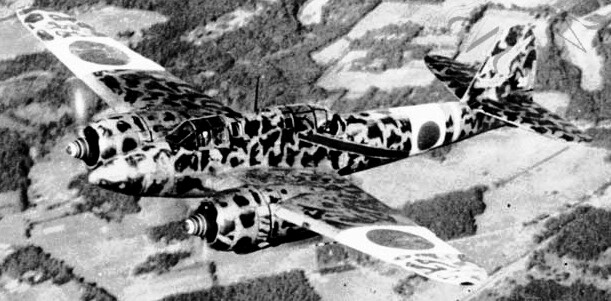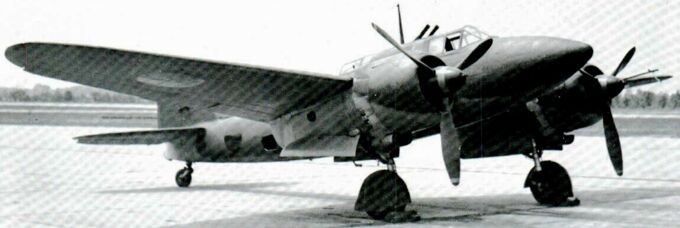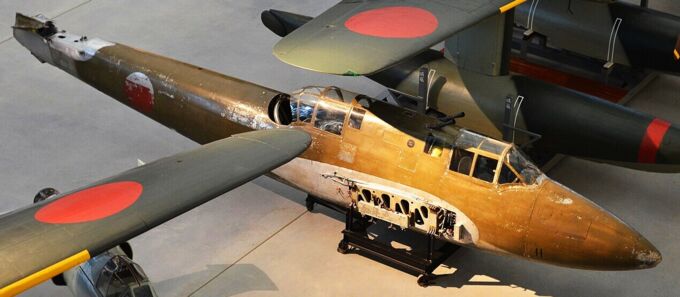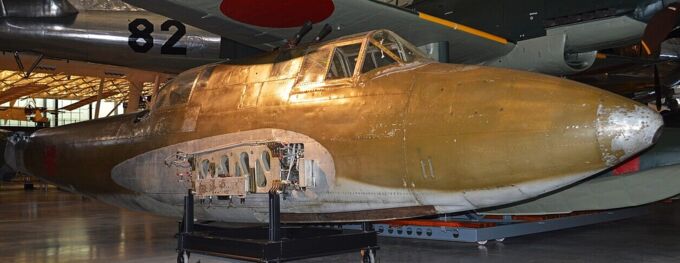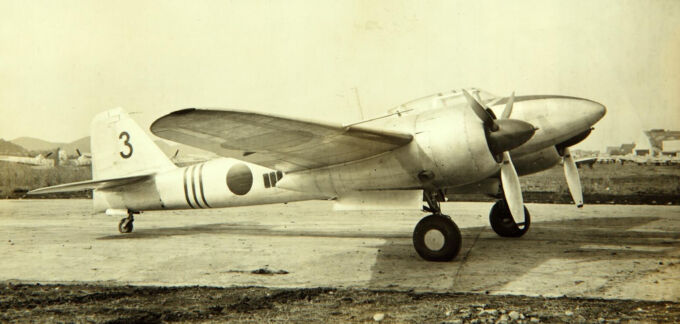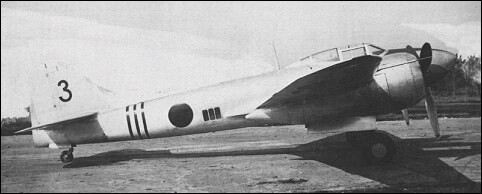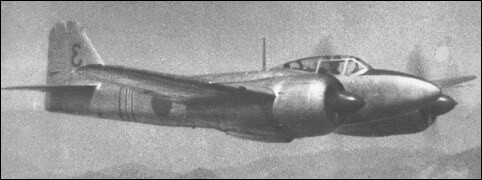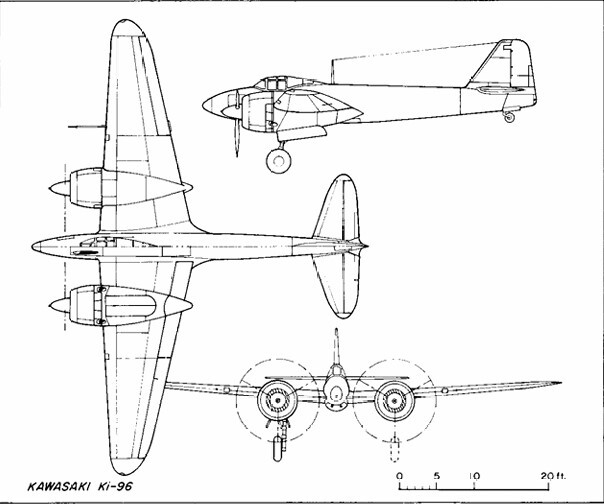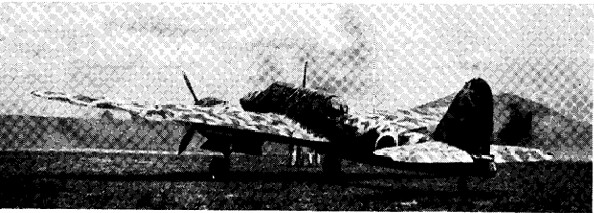The Kawasaki Ki-45, a Japanese aircraft active during World War II, experienced an unusually long and challenging development phase before its eventual deployment. Despite its struggles, it played a crucial role during the war’s final months as Japan’s only operational night fighter, tasked with defending against American B-29 night bombings—though it had not been originally designed for this purpose.
Japan and their concept of twin-engine fighters
The concept of twin-engine, long-range fighters had already proven effective in Europe and America, catching the attention of Japan’s military planners. They saw this type of aircraft as a potential solution to the limited range of their single-engine fighters. In March 1937, Japanese aircraft manufacturers were asked to develop a twin-engine heavy fighter. However, because of disagreements within the Army about prioritizing features like armament, speed, and maneuverability, the requirements were not clearly defined.
Three designs were proposed: the Nakajima Ki-37, Kawasaki Ki-38, and Mitsubishi Ki-39. With other priorities taking precedence, Nakajima and Mitsubishi quickly abandoned their projects, leaving Kawasaki to continue developing the Ki-38 under Isamu Imashi’s guidance. The initial design featured a sleek monoplane with elliptical wings and two liquid-cooled, twelve-cylinder engines. By October 1937, a detailed mock-up was completed. However, the project was temporarily shelved as the Army worked to finalize the aircraft’s performance and handling requirements.
By December 1937, Kawasaki was directed to evolve the Ki-38 into the Ki-45, adhering to a new specification for a twin-engine, two-seat fighter with improved performance standards.
Start of development
The Kawasaki Ki-45's development progressed with specific performance requirements, including a top speed of 540 km/h (335.5 mph) at 3,500 meters, an operational altitude range of 2,000 to 5,000 meters, and an endurance of nearly five hours at cruising speed. It was to be equipped with forward-firing guns, a flexible rear machine gun, and powered by two Nakajima Ha-20b nine-cylinder radial engines, a Japanese-built version of the Bristol Mercury. Work began under Takeo Doi in early 1938, and by January 1939, the first prototype, the Army Experimental Ki-45, was completed at the Gifu plant.
This initial version featured two 820-horsepower engines housed in large nacelles, which caused significant drag. The armament consisted of two 7.7 mm machine guns in the nose, a 20 mm Ho-3 cannon on the underside of the fuselage, and a rear-mounted 7.7 mm flexible gun.
However, early flight tests were plagued by numerous issues. The engines struggled to deliver full power, the manually retracted undercarriage was problematic, and the bulky engine nacelles created excessive drag, severely impacting performance.
Second prototype
To address these shortcomings, modifications were made to subsequent prototypes. The second prototype featured tighter engine cowlings and added propeller spinners to reduce drag, while the third introduced ducted spinners to improve cooling efficiency. These iterations marked efforts to refine the design and enhance the aircraft’s overall performance.
Third prototype
Efforts to refine the Kawasaki Ki-45 continued, but initial prototypes remained problematic. The third prototype addressed issues like undercarriage reliability with an electrically operated mechanism and reduced drag through improved engine nacelles and cooling systems.
Despite these changes, its top speed of 480 km/h at 4,000 meters fell short of requirements, and persistent issues like nacelle stall further underscored its shortcomings. To tackle this, Kawasaki proposed using handed propellers, but by late 1939, the Army paused flight trials, leaving several prototypes unfinished.
1940 and the first flight
In April 1940, Kawasaki was tasked with fitting one of the incomplete airframes (c/n 4507) with new 1,000-horsepower Nakajima Ha-25 engines, which were more compact and featured single-stage superchargers. These changes necessitated redesigned NACA-style nacelles and small propeller spinners.
The revised prototype, dubbed the Experimental Improved Type 1 Ki-45, took its maiden flight in July 1940. Although a cowling flap failure caused a forced landing, the design was deemed successful, achieving a top speed of 520 km/h at 3,500 meters. The modifications were applied to five additional airframes (c/n 4504-4509), with two more aircraft (c/n 4510 and 4511) built to this standard.
Takeo Doi and its improvements towards the Ki-45
Meanwhile, Takeo Doi explored broader redesigns to enhance performance and simplify manufacturing. This evolved into the Ki-45 KAI, featuring significant improvements: a slimmer fuselage with streamlined contours, a straight-tapered wing with increased span and area, and lower-mounted, smaller-diameter engine nacelles.
Armament was upgraded to two 12.7 mm Type 1 machine guns in the nose, a flexible rear-firing 7.9 mm Type 98 gun, and a reflector gunsight replacing the outdated telescopic version. These changes were approved in October 1940, and the first Ki-45 KAI prototype was completed in May 1941, marking a new chapter in the aircraft’s development.
Flight tests with the Ki-45 KAI, alongside two additional prototypes and twelve pre-production models, proved successful. By late 1941, Kawasaki received orders to begin mass production at their Akashi and Gifu facilities. The aircraft was officially designated the Army Type 2 Two-Seat Fighter Model A Toryu (“Dragon Killer”), Ki-45 KAla.
First Sentai to receive the Toryu
The first unit to receive the Toryu was the 5th Sentai, stationed in Kashiwa, Chiba Prefecture, which began operating the Ki-45 KAla in August 1942. However, it was the 21st Sentai in Burma and the 16th Sentai in China that first deployed the aircraft in combat, arriving in their respective theaters in October and November of that year. The Toryu’s heavy armament and enhanced fuel tank protection made it a favorite among its crews, earning a solid reputation for its effectiveness in ground attack roles.
Ki-45 KAIb
The Ki-45 Toryu evolved to excel in attack and anti-shipping missions, with the introduction of the Ki-45 KAIb (Army Type 2 Two-Seat Fighter Model B) specifically tailored for these roles. This version featured a revised forward-firing armament, which included a 20 mm Ho-3 cannon mounted centrally in the nose and a manually loaded 37 mm Type 98 cannon installed in a ventral tunnel.
Late-production KAIb models were powered by the more reliable Mitsubishi Ha-102 (Army Type 101) fourteen-cylinder radial engines, each producing 1,080 horsepower for takeoff. These engines were housed in slightly smaller, elongated nacelles for improved aerodynamics.
Use of the Ki-45 and future development
Nicknamed “NICK” by Allied forces, the Toryu saw significant action in the New Guinea theater, where it was used effectively against U.S. Navy PT boats. Its powerful armament also made it a formidable adversary for the B-24 bombers of the U.S. 5th Air Force. As B-24s increasingly shifted to night operations, the Ki-45 KAla, with its twin-engine reliability, adapted well to night fighting.
Some aircraft were field-modified by replacing the upper fuselage fuel tank with two 12.7 mm Type 1 (Ho-103) machine guns mounted obliquely to fire upwards, enabling them to target bombers from below.
Ki-45 KAIc
The success of this modification prompted the Koku Hombu to commission Kawasaki to produce a dedicated night fighter variant. The resulting model, the Ki-45 KAIc, retained the Ha-102 engines from the late KAIb production but upgraded its weaponry. It featured a semi-automatic 37 mm Ho-203 cannon in the ventral tunnel and two obliquely mounted 12.7 mm Type 1 machine guns for upward-firing attacks, solidifying its role as an effective night fighter.
The Ki-45 Toryu continued to evolve throughout its service, with the Ki-45 KAIc being adapted as a night fighter. This model retained the reliable Ha-102 engines and introduced two obliquely mounted 20 mm Ho-5 cannons in the fuselage center for upward firing. However, its pointed nose, intended to house radar, remained unarmed due to delays in radar development and production.
Only one aircraft was tested with a centimetric radar mounted under a plexiglass nose, and the idea was never fully realized. Despite this, 477 Ki-45 KAIcs without radar were produced at the Akashi plant, which, from September 1943, became the sole production facility for the Toryu.
The Ki-45 KAIc played a prominent role in defending Japan during the B-29 bombing campaigns. It claimed at least eight B-29 Superfortresses during their first mission over Japan. As the B-29s transitioned to low-altitude night raids, the Toryu Sentais saw increased action. Units like the 4th, 5th, and 53rd Sentais were tasked with defending the Eastern Sector, while the 5th (after being reassigned), 45th, and 70th Sentais operated in the Middle Sector during the war’s final months.
Further enhancements
Kawasaki Ki-96
In August 1942, as the Ki-45 KAIa began service with the 5th Sentai, Takeo Doi and his team started developing an improved version of the Toryu, called the Ki-45-II. This model featured two powerful 1,500 hp Mitsubishi Ha-112-II engines and a redesigned airframe. Its wingspan was slightly increased (from 15.02 m to 15.57 m), and square-tipped vertical tail surfaces were added to improve handling, especially in situations where one engine failed. However, progress was slow due to a lack of strong interest from the Army and Kawasaki’s involvement in other projects. Despite this, the Army approved the construction of three prototypes.
1942 Transformation by the Army
By December 1942, the Army shifted its requirements, instructing Kawasaki to transform the aircraft into a single-seat fighter. They determined that the added weight of a second crew member for operating a manually-controlled machine gun was not justified. This redesign resulted in the project being reclassified by the Koku Hombu as the Ki-96, as it shared few components with the earlier Ki-45 KAI.
First prototype
In 1943, work on the Ki-96 accelerated. The first prototype, completed in September, reused the partially-built fuselage from the Ki-45-II, with a larger canopy and a faired-over second cockpit.
Two more prototypes, designed from the start as single-seaters with all-around vision canopies, joined the flight trials. Testing showed excellent performance and handling, surpassing expectations. However, before the Ki-96's maiden flight, the Army again changed direction, abandoning single-seat twin-engine heavy fighters.
As a result, the Ki-96 served only briefly as a prototype and was ultimately replaced by the two-seat Ki-102.
Kawasaki Ki-45 KAId
Additional field modifications resulted in other specialized variants, including the Ki-45 KAId, an anti-shipping version that featured two 20 mm Ho-5 cannons in the nose, a 37 mm Ho-203 cannon in the ventral tunnel, and a flexible 7.9 mm Type 98 machine gun in the rear cockpit.
An experimental version was also armed with a 75 mm anti-tank cannon, but the aircraft’s lightweight structure proved insufficient to handle the recoil and weight of the weapon, ending its development.
Mechanism of Military Aircraft, Kojinsha, 21/11/1999, ISBN4-7698-0915-8
Bunrindo. (n.d.). Kawasaki Ki-45 Toryu Famous Airplanes of the World #21. Bunrindo.
Francillon, R. J. (n.d.). The Kawasaki Ki-45 Toryu — Profile Publications number 105. Leatherhead: Profile Publications.
Francillon, R. J. Japanese Aircraft of the Pacific War. London: Putnam and Company, 1970. ISBN 0-370-00033-1
https://www.silverhawkauthor.com/post/warplanes-of-japan-kawasaki-ki-45-toryu
https://airandspace.si.edu/
https://airandspace.si.edu/explore/collections/search?edan_q=ki-45
https://www.themodellingnews.com/2019/03/in-boxed-132nd-scale-kawasaki-ki-45-kai.html
For pictures:
Mechanism of Military Aircraft, Kojinsha, 21/11/1999, ISBN4-7698-0915-8
https://www.aviastar.org/air/japan/kawasaki_ki-45.php
https://nl.wikipedia.org/wiki/Kawasaki_Ki-45
https://www.silverhawkauthor.com/post/warplanes-of-japan-kawasaki-ki-45-toryu
https://www.ww2technik.de/sites/armeeluftwaffe/jaeger/ki-45.htm
https://en.wikipedia.org/wiki/Kawasaki_Ki-96
https://www.themodellingnews.com/2019/03/in-boxed-132nd-scale-kawasaki-ki-45-kai.html
https://www.aviastar.org/air/japan/kawasaki_ki-96.php

